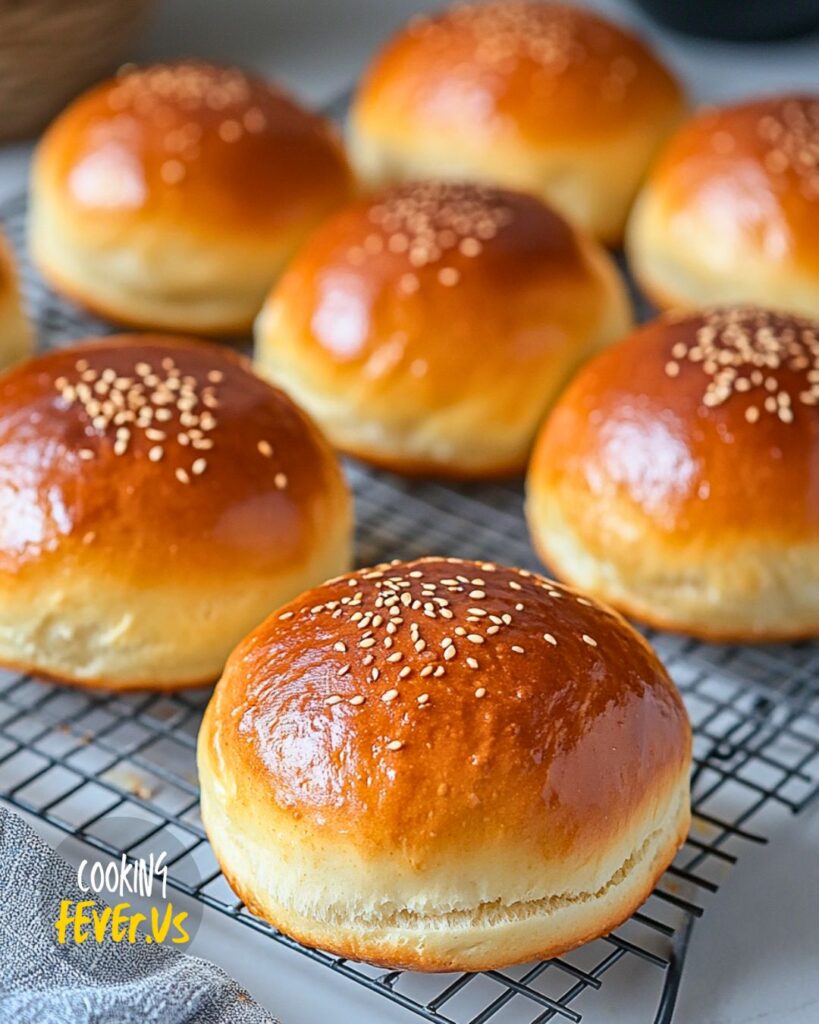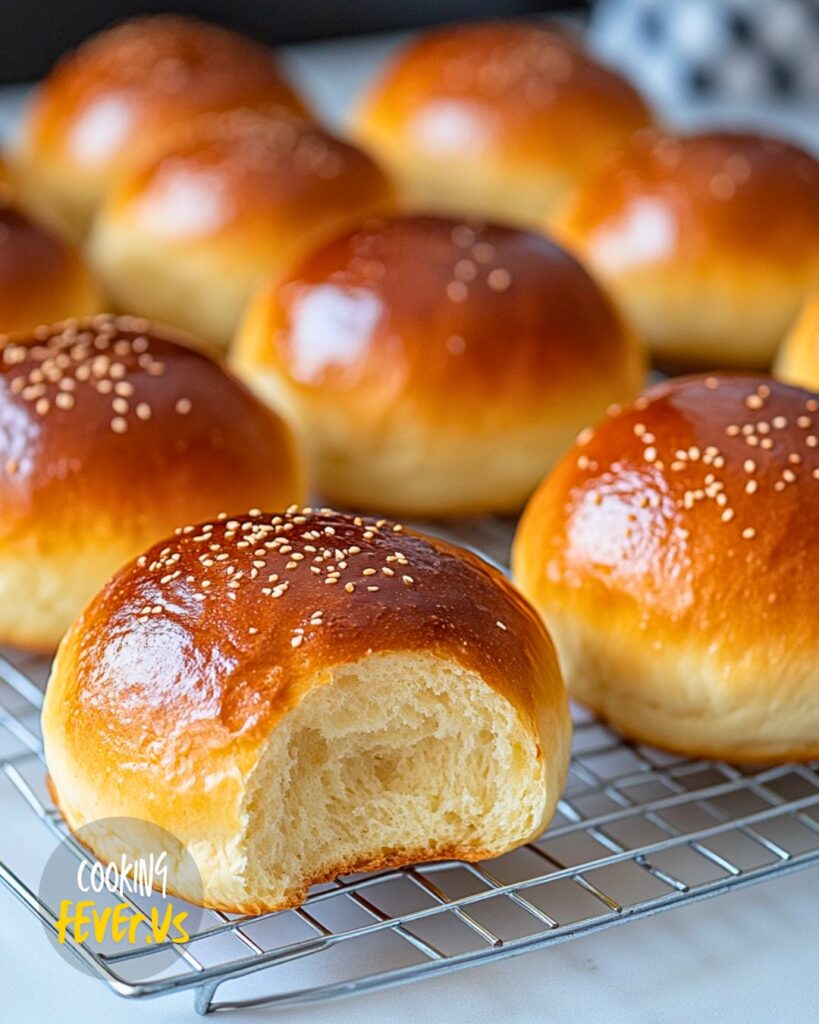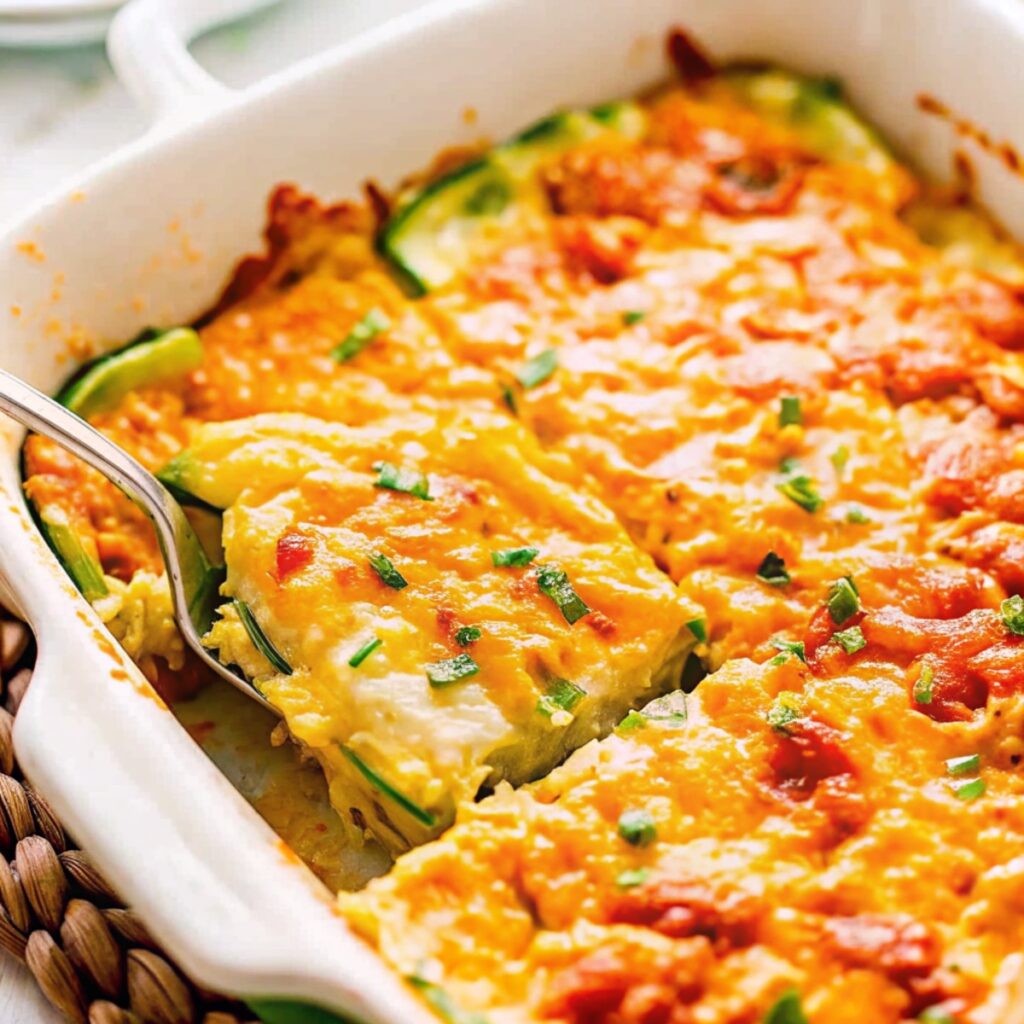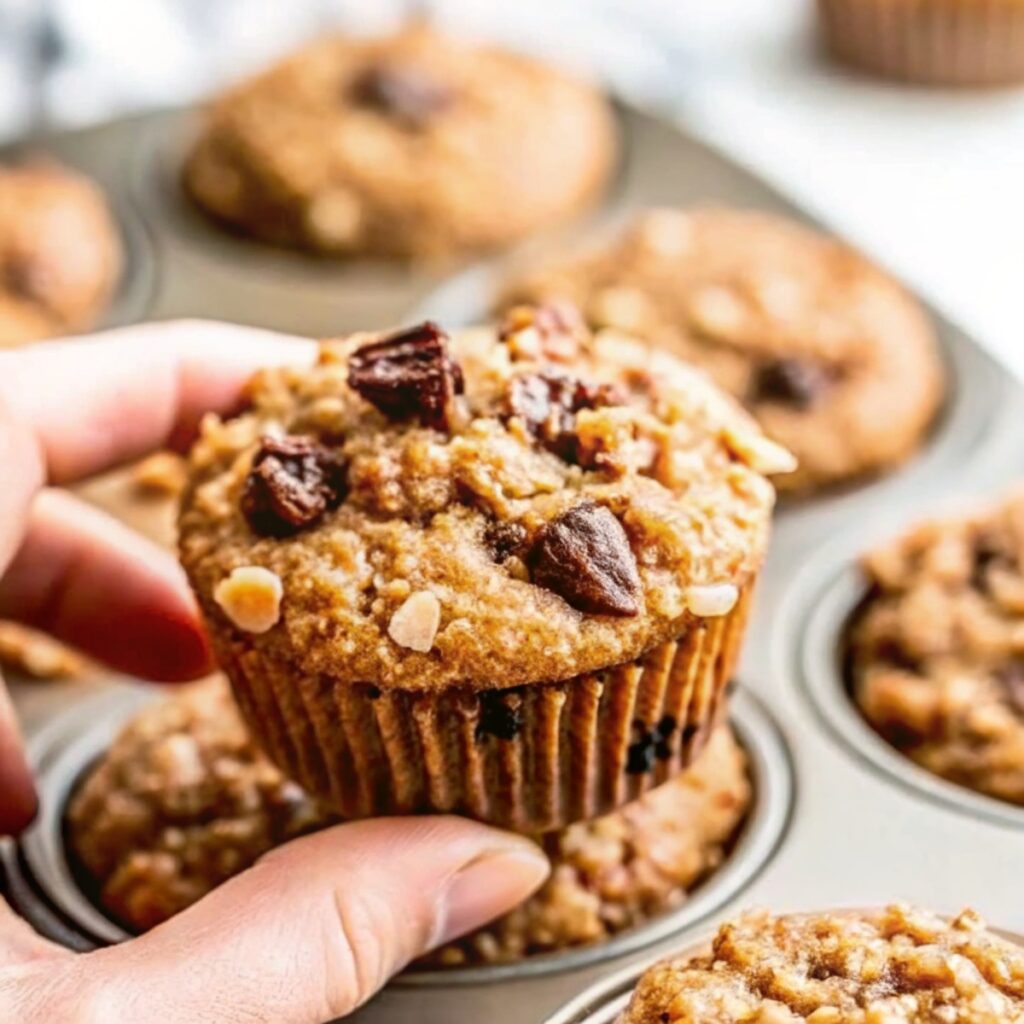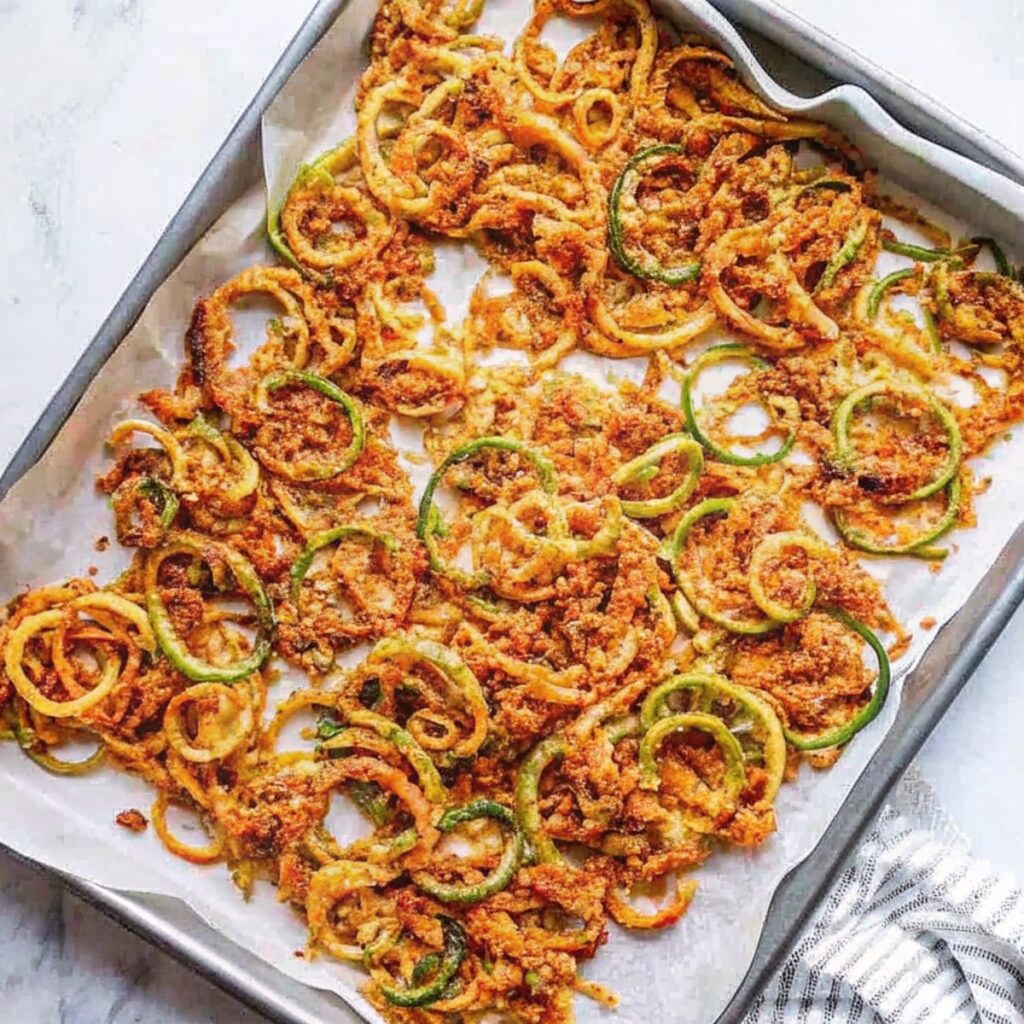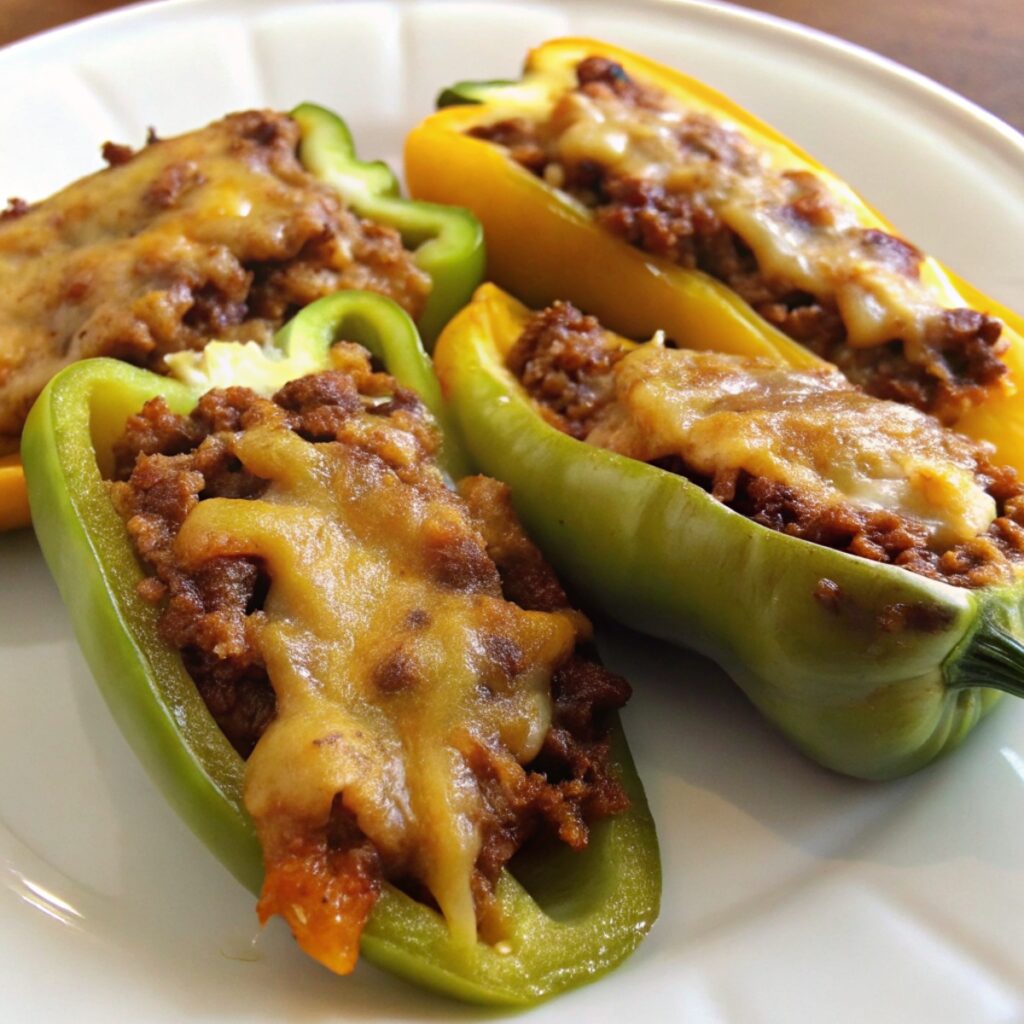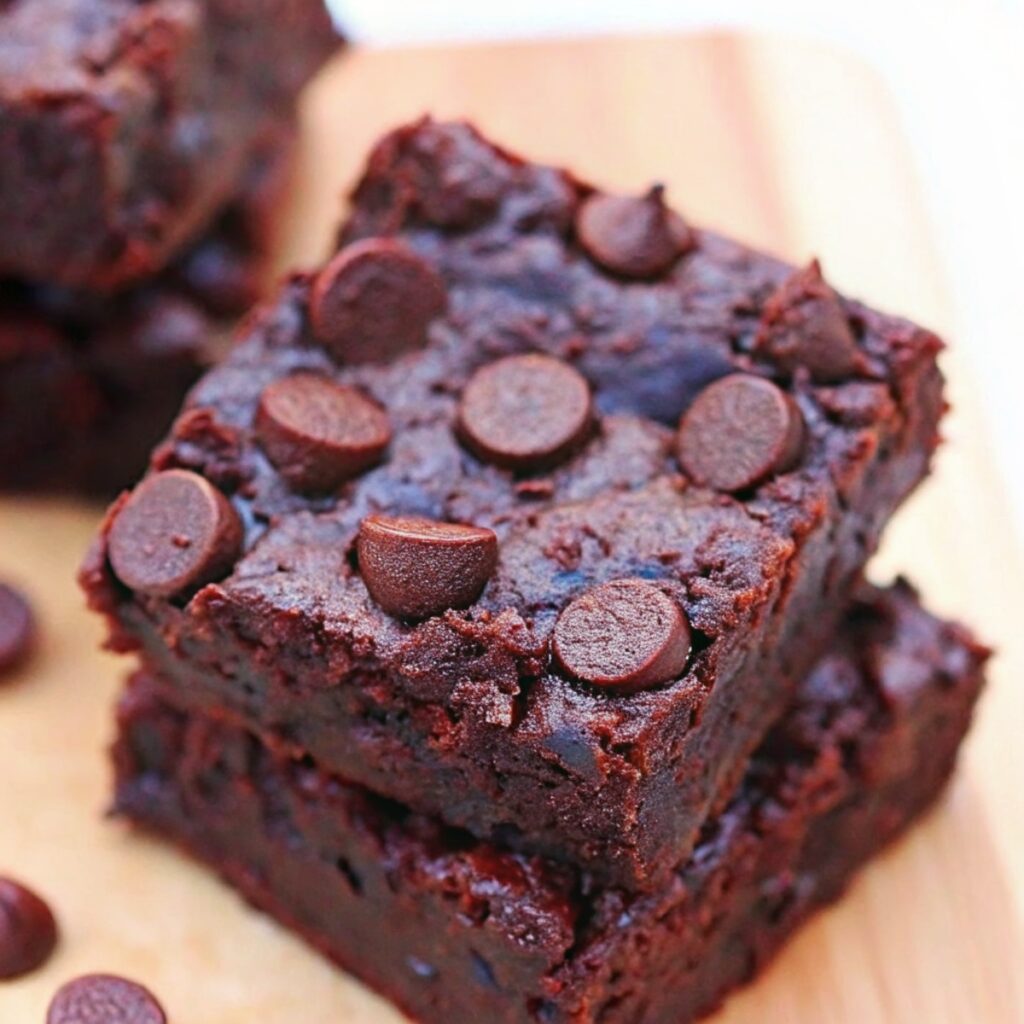I’ll never forget the first time I encountered the magic of homemade brioche buns. It was during a summer trip to the French countryside, a place where the air is filled with the scent of blooming lavender and the soft hum of bees. I was staying with a lovely family in a quaint village, where life seemed to move at a much gentler pace. Every morning, we’d gather around a long wooden table for breakfast, which always featured an assortment of freshly baked bread. But it was the brioche buns that stole my heart.
The hostess, Madame Colette, was a true artisan in the kitchen. Watching her bake was like witnessing a beautiful dance—each movement deliberate and graceful. On one particular morning, she invited me to join her in making the brioche buns. I remember feeling a bit intimidated; after all, her hands had perfected this art over decades. But she welcomed me with a warm smile and assured me that the secret to great brioche buns was not in the perfection of technique but in the love and care you put into the dough.
We started with a bowl of warm milk, which she described as the lifeblood of the buns. As we mixed in the yeast and sugar, she explained that patience was key—letting the yeast work its magic without rushing the process. The smell of the dough rising filled the kitchen with a comforting aroma that felt like a warm embrace. I could sense the history in that kitchen, generations of women who had stood at the same counter, nurturing their families with the same simple, yet exquisite, recipe.
As we kneaded the dough together, Madame Colette shared stories of her childhood—how her mother taught her to bake in that very kitchen and how the tradition had been passed down for generations. There was something almost sacred about the way she handled the dough, as if she were preserving a piece of her heritage with each turn and fold.
When the buns finally came out of the oven, their golden brown tops gleaming, I knew I was about to taste something extraordinary. And I wasn’t disappointed. The buns were light yet rich, with a delicate sweetness that made them perfect for slathering with butter or enjoying plain. That morning, I realized that food is not just about sustenance; it’s about connection—to our past, to the people we love, and to the simple pleasures that make life beautiful.
Now, every time I bake these brioche buns at home, I’m transported back to that sun-drenched kitchen in France. I think of Madame Colette and the warmth of her hospitality, and I try to pour that same love into each batch. I hope that when you make these buns, you’ll feel a little bit of that magic too. Whether you’re enjoying them fresh out of the oven with family or sharing them with friends at a weekend brunch, these brioche buns are sure to become a cherished part of your culinary repertoire.
Making Homemade Brioche Buns
Click here to get printable version
Ingredients
- 2 cups whole milk, warmed to 110°F
- 1 1/2 tablespoons active dry yeast
- 1/2 cup white sugar
- 6 large eggs
- 200 grams unsalted butter, melted
- 1/8 teaspoon salt
- 6 to 7 cups all-purpose flour
- 3 tablespoons water
- 1 egg (for brushing)
Directions
- Begin by combining the warm milk, yeast, sugar, and 2 cups of flour in a large mixing bowl. Stir the mixture until smooth using a stand mixer or a sturdy spoon.
- Cover the bowl with a towel and let the mixture rest in a warm environment for about 30 minutes, allowing it to become bubbly.
- In a separate bowl, whisk the eggs until smooth. Once the dough has rested, add the whisked eggs, salt, and melted butter to the bowl.
- Gradually incorporate the remaining flour into the mixture, adding it slowly until the dough is well combined. You may need an extra cup of flour depending on the consistency.
- Knead the dough either by hand or using a dough hook attachment on a stand mixer. Continue kneading until the dough is smooth and elastic, approximately 10 to 15 minutes.
- Cover the dough with a towel and allow it to rise in a warm spot for about 1 hour or until it has doubled in size.
- After the dough has risen, punch it down and divide it into 18 to 24 equal portions, depending on your desired bun size.
- Shape each portion into a round, flat bun and place them on a baking sheet lined with parchment paper.
- Cover the buns with a towel and allow them to rise again for about 30 minutes. While the buns are rising, preheat your oven to 350°F.
- In a small bowl, whisk together the egg and 3 tablespoons of water, then brush this mixture over the tops of the buns.
- Bake the buns in the preheated oven for 20 minutes, or until they achieve a rich golden brown color. Let them cool slightly before serving.
Storing Suggestion
Store any leftover brioche buns in an airtight container at room temperature for up to 3 days. For longer storage, you can freeze the buns in a freezer-safe bag for up to 3 months. To reheat, simply thaw and warm in the oven for a few minutes.
Cooking Tips
For a richer flavor, use European-style butter, which has a higher fat content. You can also add a tablespoon of honey to the dough for a touch of sweetness. If you prefer a lighter bun, reduce the amount of flour slightly.
Ingredient Substitutions
If you don’t have whole milk, you can substitute it with a mix of half-and-half and water. For a dairy-free version, use almond or oat milk and replace the butter with a plant-based alternative.
Seasonal Variations
During fall, add a teaspoon of pumpkin spice to the dough for a seasonal twist. In the spring, consider mixing in fresh herbs like rosemary or thyme for a fragrant and flavorful bun.
FAQ:
Question 1
Can I make the dough ahead of time?
Yes, you can prepare the dough the night before and let it rise in the refrigerator overnight. In the morning, bring it to room temperature before shaping the buns.
Question 2
Can I use instant yeast instead of active dry yeast?
Yes, you can substitute instant yeast for active dry yeast. Use the same amount, but you can skip the initial proofing step and mix it directly with the flour.
Question 3
How can I make the buns more fluffy?
For fluffier buns, ensure that your dough is well-kneaded and give it ample time to rise. Using fresh yeast and warm, draft-free environments can also help achieve a lighter texture.
Question 4
Can I add fillings to the brioche buns?
Yes, you can add fillings such as cheese, ham, or chocolate chips before shaping the dough into buns. Just be sure to seal the edges well to prevent leakage.
Question 5
What is the best way to reheat frozen brioche buns?
The best way to reheat frozen brioche buns is to let them thaw at room temperature, then warm them in the oven at 350°F for 5-10 minutes.
Question 6
Can I use bread flour instead of all-purpose flour?
Yes, bread flour can be used, which will give the buns a slightly chewier texture due to the higher protein content.
FAQ:
How can I make the buns softer?
To achieve an even softer bun, you can add an extra tablespoon of butter or replace part of the flour with bread flour, which has a higher protein content.
Can I make the dough ahead of time?
Yes, you can prepare the dough ahead of time and let it rise in the refrigerator overnight. This slow rise enhances the flavor and makes the dough easier to handle.
Can I use a bread machine to make the dough?
Yes, you can use a bread machine to mix and knead the dough. Follow the machine’s instructions for mixing, then shape and bake the buns as directed.
What is the best way to freeze these buns?
To freeze, let the buns cool completely, then wrap them tightly in plastic wrap and store them in a freezer bag. Thaw at room temperature before reheating.
How do I prevent the buns from becoming too dense?
Make sure to knead the dough sufficiently to develop the gluten, and allow the dough to rise until it has doubled in size. Avoid adding too much flour, which can make the buns dense.
Can I add flavors to the dough?
Yes, you can add herbs, spices, or even cheese to the dough for added flavor. Just be mindful of the moisture content, as adding too much of a wet ingredient can affect the dough’s consistency.
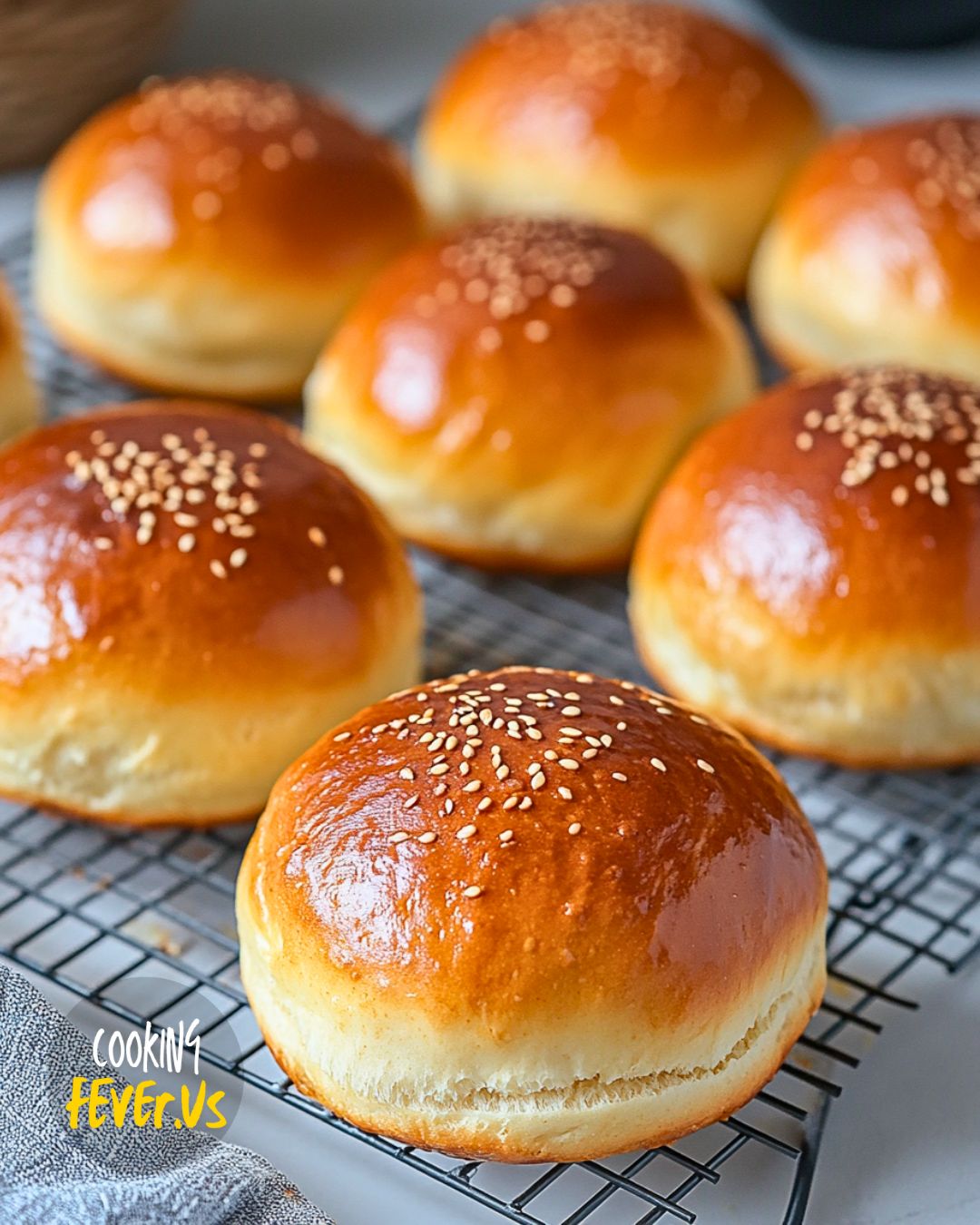
Homemade Brioche Buns
Ingredients
- 2 cups whole milk warmed to about 110°F
- 1 1/2 tablespoons active dry yeast
- 1/2 cup white sugar
- 6 large eggs
- 200 grams unsalted butter
- 1/8 teaspoon salt
- 6 to 7 cups all-purpose flour
- 3 tablespoons water
- 1 egg for brushing
Instructions
- In a large bowl, mix the warm milk, yeast, sugar, and two cups of flour using a stand mixer or a sturdy spoon. Stir well, then cover the bowl with a towel and leave it in a warm place for around 30 minutes.
- In a separate bowl, whisk the eggs until smooth. Add the whisked eggs, salt, and melted butter to the dough mixture. Gradually incorporate the remaining flour into the dough, a little at a time. Depending on the flour, you may need an extra cup.
- Knead the dough by hand or with the dough hook of a stand mixer until it’s smooth and elastic, which should take about 10 to 15 minutes.
- Cover the dough with a towel and let it rise in a warm spot for about 1 hour.
- After the dough has risen, divide it into 18 to 24 portions, depending on your preferred bun size. Shape each portion into a round, flat bun.
- Place the buns onto a baking sheet lined with parchment paper. Cover them with a towel and let them rise again for 30 minutes. Meanwhile, whisk together an egg with 3 tablespoons of water in a small bowl, then brush this mixture onto the tops of the buns.
- Bake the buns in a preheated oven at 350°F for about 20 minutes, or until they turn a rich golden brown. Enjoy your freshly baked brioche buns!
